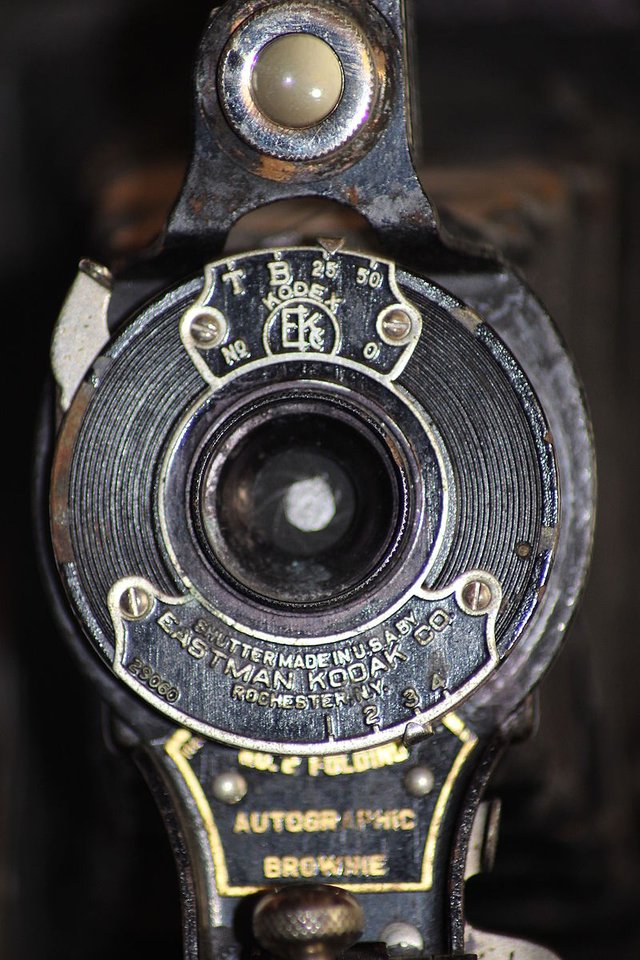photographe Not just an art
Photography is a technique that allows images to be created without the action of the hand, by the action of light.
The term "photograph" also refers to the image obtained, phototype1 (visible and stable photograph whether negative or positive, which is obtained after exposure and treatment of a sensitive layer) or not.
Photography is the grouping of electromagnetic radiation recording techniques, carried out by photochemical processes.
It also refers to the branch of graphic arts that uses this technique, whose name means etymologically "writing light".
.
.
Must be distinguished :
on the one hand, photographs taken outdoors, with natural lighting or public lighting, of those made indoors with adjustable artificial lighting;
on the other hand, photographs without human presence, of those containing one.
Distinctions that generate four major categories of photographs:
I. Photographs made outdoors and without human presence: landscape photography, architecture, etc.
II. Photographs made indoors (studio, etc.) and without human presence: still life, culinary photography, etc.
III. Photographs made outdoors and featuring human beings: street photography, documentary photography, war photography, etc.
IV. Photographs made indoors with artificial lighting: portrait, fashion, etc.
.
.

.
.
Fundamentals of shooting: objective lens, shutter (set to 1/25), diaphragm (on 3). We guess the hexagonal shape of the diaphragm through the lens.
The essential functions of a camera have not changed since the beginning, even if the material has greatly improved.
The central element of the device is its purpose. It plays the role of a convergent optical lens, which forms behind it the image of objects in front of it. The objective is characterized by its focal distance, which is the distance at which the image of the points located at infinity is formed. As the laws of geometrical optics indicate, this image is even larger than the focal length is large: all things being equal, a 300 mm lens will produce an image with a diameter six times larger than another 50 mm. Heir to the simple lens, the modern lens has an elaborate design leading to a generally complex optical formula.
Behind the lens is a sensitive surface, whose function is to record the formed image. With silver photography, this surface was initially formed by a glass plate carrying a photographic emulsion, then by a photographic film. This surface is now more often a photographic sensor, with the generalization of digital photography.
An essential characteristic of this surface is its sensitivity, that is to say the amount of light needed to record a given level of light intensity, typically a medium gray. The more sensitive the sensor is, the more it is possible to take photographs in obscure atmospheres, or, under identical lighting conditions, to acquire the image quickly. The other essential characteristic is the granularity, which gives the definition to which this image can be recorded: the greater this definition, the more the image will be rich in details and may in particular be enlarged.
To receive only the light that passes through the lens, the sensitive surface is placed at the bottom of a dark room whose only opening is occupied by the lens. Of course, before the scene is set, the lens is closed and does not transmit light; and after shooting it closes so as not to record any additional element: the shooting relates only to a definite moment. It is the role of the shutter to allow the arrival of light only at a given moment and for a fixed period of time.
.
.
.
.
==) @Jodi01 (==

Beautifully said! Followed and upvoted :)